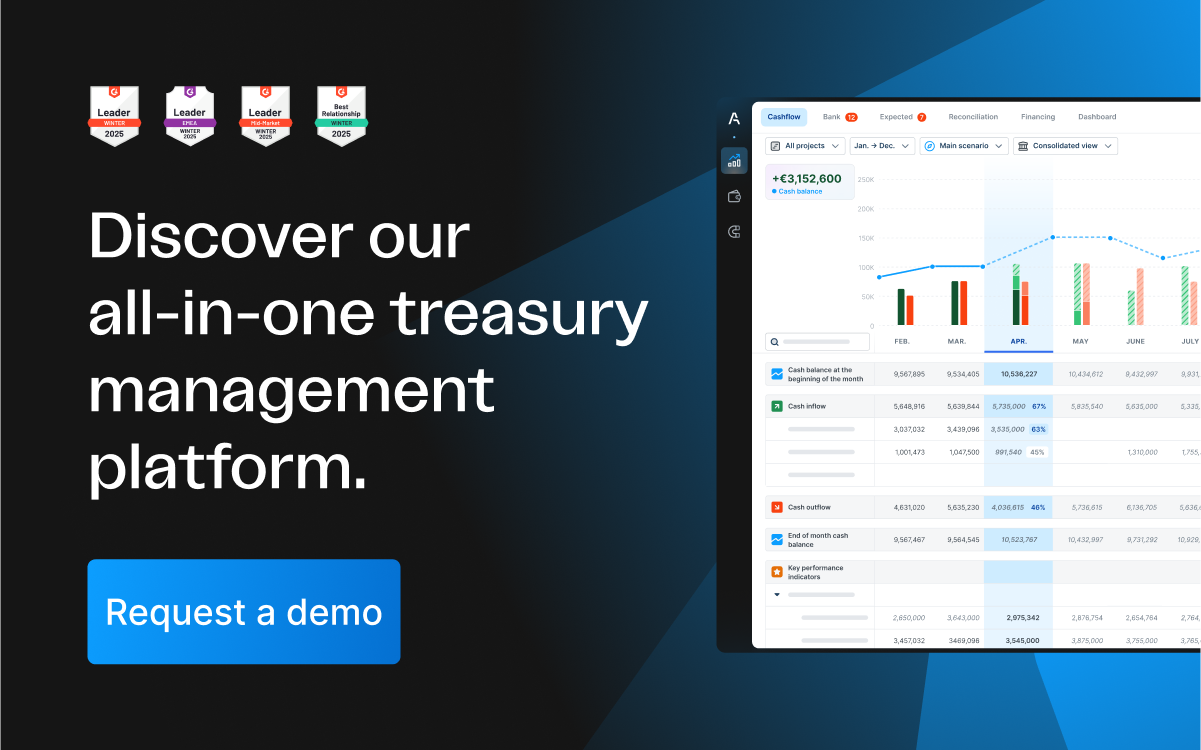Suez Canal crisis: the impact of piracy on global trade

Management Summary: Impact of piracy in the Suez Canal on global trade
Piracy in the Suez Canal: Recently, a series of pirate attacks, particularly by Huthi rebels, have hit the Suez Canal, one of the most important waterways for global trade.
Relevance: These attacks have led to a rerouting of shipping routes, with many companies now taking the longer route around the Cape of Good Hope. This has created significant logistical and financial challenges for global trade.
Increased operating costs: Companies are facing increased transport costs and insurance premiums. These cost increases, often passed on to consumers, influence price dynamics in the markets.
Delayed cash flow: Longer transport routes lead to a delay in revenue, which is particularly problematic for smaller companies that rely on regular cash flow.
Prolonged Cash Conversion Cycle (CCC): Delays in the transport of goods lead to an extension of the CCC, which in turn results in the need for increased inventory levels and associated costs.
The following article examines these challenges in detail
In recent months, the Suez Canal, one of the most important waterways for global trade, has become the scene of repeated attacks on cargo ships. These unexpected incidents have not only led to immediate security concerns, but have also had a profound impact on global logistics and economies. From increased transport costs to significant delivery delays, the consequences of these attacks have far-reaching financial implications for businesses worldwide. We take a look at the economic consequences of this crisis and analyse its impact on the finances of affected companies.
What's at stake?
The Suez Canal in Egypt connects the Mediterranean Sea with the Red Sea, providing a direct shipping route between Europe and Asia, avoiding long detours around Africa. On average, 60 ships carrying goods worth around 10 billion euros pass through the canal every day, which corresponds to around 30% of global sea freight traffic. This makes it a central hub for global logistics and business.
At the end of 2023, the Suez Canal was hit by a series of attacks, particularly by Houthi rebels. These attacks caused major shipping companies to change their routes, opting instead for the longer and more costly route around the Cape of Good Hope. According to the Financial Times, the number of container ships on the Suez Canal in the first week of January was 90 per cent lower than at the beginning of 2023. These changes have far-reaching consequences for the efficiency of global trade: increased transport costs, longer delivery times and increased complexity in logistics.
General consequences
The economic and financial consequences of the Suez Canal incidents are both extensive and complex. With the rerouting of shipping routes, companies are faced with significantly longer transport times and therefore increased costs, which will inevitably lead to higher product prices. In addition, there are delivery delays that can lead to serious operational disruptions for companies. Prominent examples include the car manufacturers Tesla and Volvo, which have had to temporarily pause production at their Grünheide and Ghent sites respectively. The uncertainties and risks in the Suez Canal have also led to an increase in insurance costs for maritime transport.
These changes are also influencing global trade patterns. Certain regions may be affected by supply bottlenecks. Companies must therefore adapt their strategies to meet the challenges.
Consequences for cash flow
Companies that operate internationally and rely on sea freight are experiencing considerable financial burdens due to the lengthening of transport routes. This situation results in a delayed cash flow, as revenue from the sale of goods arrives later due to the longer transport times. At the same time, freight and insurance expenses increase immediately. According to the Shanghai Containerised Freight Index, the cost of transporting a container has roughly doubled due to the longer routes. This puts a direct strain on companies' liquidity.
This is particularly critical for small and medium-sized companies, which tend to have lower financial reserves and are therefore more susceptible to liquidity bottlenecks. The additional costs tie up capital that could otherwise be used for investments, operating expenses or debt repayment. In addition, companies may be forced to rethink their pricing to compensate for the increased costs.

Consequences for the cash conversion cycle
One aspect that is currently being raised particularly frequently in discussions with customers is the extension of the cash conversion cycle due to the situation on the Suez Canal.
As customers are receiving their products later, incoming payments are also being delayed, which is putting companies' liquidity to the test. In the worst-case scenario, these delays can have a knock-on effect on production, especially for companies that rely on just-in-time deliveries. Production plans may have to be adjusted. Those affected speak of an extension of the CCC by 20 - 30 days, which represents an extreme burden.
The extended delivery times force companies to increase their inventories in order to avoid delivery interruptions, which in turn increases capital commitment and inventory costs.
Consequences for working capital
As mentioned above, companies may need to increase their inventory levels in order to maintain their processes. It certainly doesn't need much explanation that such large amounts of tied-up capital are poison for working capital management. After all, this capital could be utilised much more sensibly and effectively elsewhere instead of just "lying around".
The aforementioned delays in invoicing and receipt of payment also have a direct impact on working capital. Companies that have to pay their suppliers faster than they receive payments from their customers are faced with a cash flow gap. This situation can lead to an increased need for working capital financing to maintain liquidity and cover ongoing operating costs. If companies have to take out additional financing to cover increased transport and storage costs, this can also lead to higher interest costs on top of everything else. This also results in a small domino effect.
What companies should do now
In view of this tense situation, affected companies must ensure their financial stability and operational agility.
Optimising cash flow management through regular reviews and accurate forecasting is crucial. To meet these challenges, companies may need to adjust their payment terms to protect their cash flow. This may include extending payment terms or adjusting credit terms.
Building up cash reserves as a financial buffer for unexpected expenses or supply chain delays is also important. Controlling costs and increasing efficiency will help to reduce expenditure and improve operational performance. In addition, alternative sources of financing such as credit lines or supplier credits should be explored to secure liquidity.
In the area of CCC, optimised inventory management is essential to minimise stock levels and capital commitment. Efficient order processing accelerates delivery processes and shortens the time to receipt of payment. Effective customer management, including incentives for fast payments, minimises the risk of payment delays.
With regard to working capital, regular analysis is essential to identify optimisation potential. Good supplier relationships, for example, enable more flexible payment terms. Diversifying supply chains reduces the risk of interruptions and offers more flexibility in the event of disruptions such as those in the Suez Canal.
Proactive financial planning that considers possible scenarios better prepares companies for unforeseen events. Investment strategies should also be re-evaluated to prevent investments from impacting liquidity.
These measures require continuous monitoring and regular adjustments, as market conditions and challenges can change quickly. Effective management of these aspects is critical to surviving in uncertain times.





